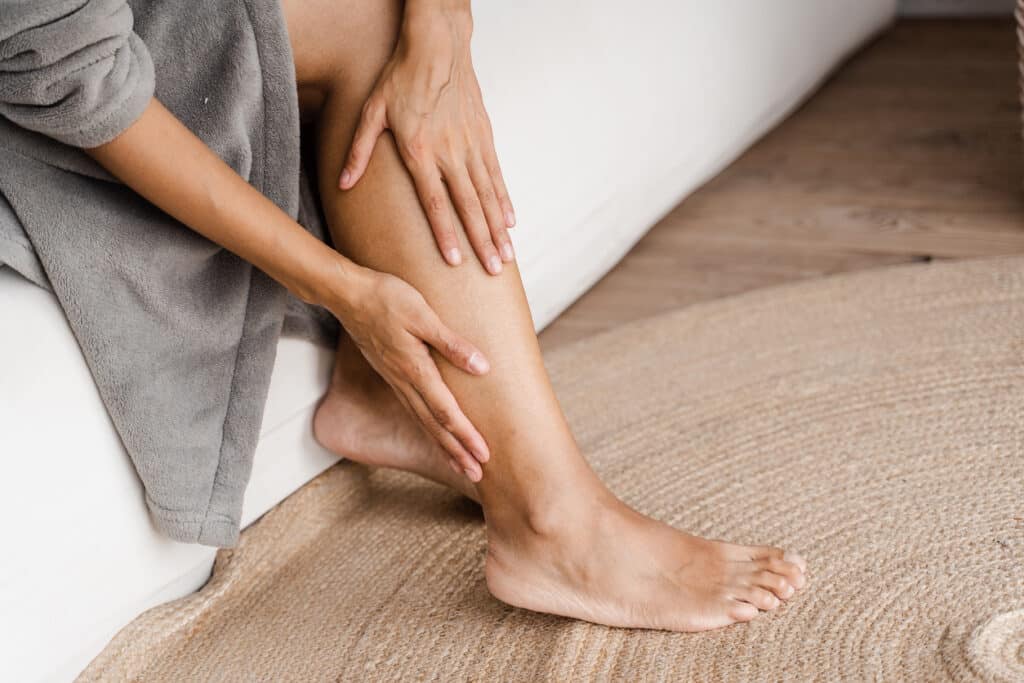
Tibialis posterior tendinopathy is a condition that causes pain and inflammation in the tendon that runs along the inside of the ankle. This can be a debilitating condition that affects your ability to walk, run, or engage in physical activities. Understanding the triggers of this condition is important for prevention and treatment. In this blog post, we will explore the common triggers of tibialis posterior tendinopathy and how you can avoid them.
Overuse: One of the most common triggers of tibialis posterior tendinopathy is overuse. This can happen when you suddenly increase your physical activity level without proper conditioning or rest periods. Activities such as running, jumping, or walking long distances can put strain on the tibialis posterior tendon, leading to inflammation and pain. It’s important to gradually increase your activity level and listen to your body to avoid overuse injuries.
Improper footwear: Wearing shoes that do not provide enough support or stability can also trigger tibialis posterior tendinopathy. Shoes with worn-out soles or inadequate arch support can increase stress on the tendon and lead to injury. Make sure to wear proper footwear that fits well and provides adequate cushioning and support for your feet.
Poor biomechanics: Issues with your foot mechanics, such as flat feet or overpronation, can also contribute to tibialis posterior tendinopathy. When your foot does not move correctly during walking or running, it can put extra strain on the tendon and lead to injury. Working with a physiotherapist or chiropractor to address any biomechanical issues can help prevent tibialis posterior tendinopathy.
Tight calf muscles: Tight calf muscles can affect the movement of your foot and ankle, increasing stress on the tibialis posterior tendon. Stretching exercises for the calves and Achilles tendon can help improve flexibility and reduce tension in these muscles, decreasing the risk of developing tibialis posterior tendinopathy.
Aging and degeneration: As we age, our tendons may become weaker and more prone to injury due to degeneration processes in the body. This natural aging process can make us more susceptible to conditions like tibialis posterior tendinopathy. Taking steps to maintain overall health through regular exercise, proper nutrition, and adequate rest can help slow down degeneration processes in the body.
Tibialis posterior tendinopathy is a painful condition that can affect your daily activities if left untreated. By understanding the common triggers of this condition such as overuse, improper footwear, poor biomechanics, tight calf muscles, and aging/degeneration processes, you can take steps to prevent it from occurring. Working with a physiotherapist or chiropractor to address any underlying issues with your foot mechanics or muscle imbalances is essential for managing tibialis posterior tendinopathy effectively. Remember to listen to your body, wear proper footwear, stretch regularly, and take care of your overall health to keep your feet happy and healthy!
If you have any questions or would like to explore further, please book a free, no-charge online appointment with either myself, Dr. Laura Rashty, BSc, DC, or another Kitchener chiropractor at CARESPACE. We are happy to listen and are here to help!

